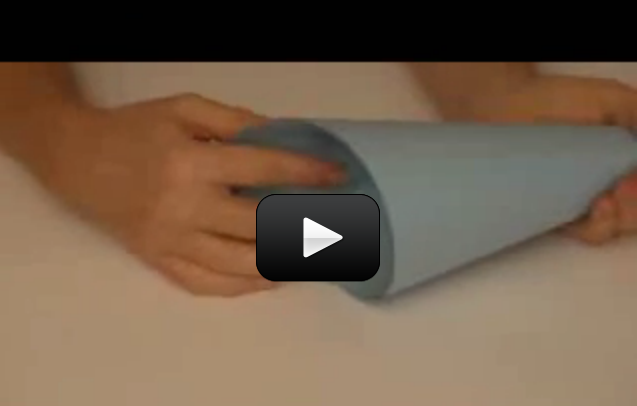The Hubble Space Telescope (HST) zooms around the Earth once every 90 minutes (about 5 miles per second), and in August 2008, Hubble completed 100,000 orbits! Although the HST was not the first space telescope, is the one of the largest and most publicized scientific instrument around. Hubble is a collaboration project between NASA and the ESA (European Space Agency), and is one of NASA’s “Great Observatories” (others include Compton Gamma Ray Observatory, Chandra X-Ray Observatory, and Spitzer Space Telescope). Anyone can apply for time on the telescope (you do not need to be affiliated with any academic institution or company), but it’s a tight squeeze to get on the schedule.
Hubble’s orbit zooms high in the upper atmosphere to steer clear of the obscuring haze of molecules in the sea of air. Hubble’s orbit slowly decays over time and begins to spiral back into Earth until the astronauts bump it back up into a higher orbit.
But how does a satellite stay in orbit? Try this experiment now:
Materials:
- marble
- paper
- tape


Thankyou
Yes – if it goes too fast, it will get flung out of orbit and into space!
is there such thing as too fast? wouldn’t it go in a oval if to fast?
That’s awesome! Thanks so much for sharing! 🙂 If you have a photo, send it to me so I can post it.
My son just had to try this using a ball bearing and a magnet. We put the ball bearing in a plastic cup with a screw on lid, then held the magnet, “the earth” at the bottom of the cup. You really have to spin to get the ball bearing to leave the “gravity” of the magnet. Plus if you go to fast, the ball bearing will fly out, even with the lid screwed on. (Do this outside and away from your car!) I love that we have only been using the program for a week and my 7yo is already coming up with his own experiments!
Yes, thank you!
You need more speed to keep it in orbit, just like if you’d put a larger marble with this experiment… you need to go faster to maintain your orbit around the earth. Does that make sense?
My 7 year old would like to know what happens if you have a really heavy satellite?
this is Amanda, i tried it, i couldn’t do it. my mum got it though.
I like how everything needs to be perfect for this to work!
sevy keble (-) 🙁 🙂